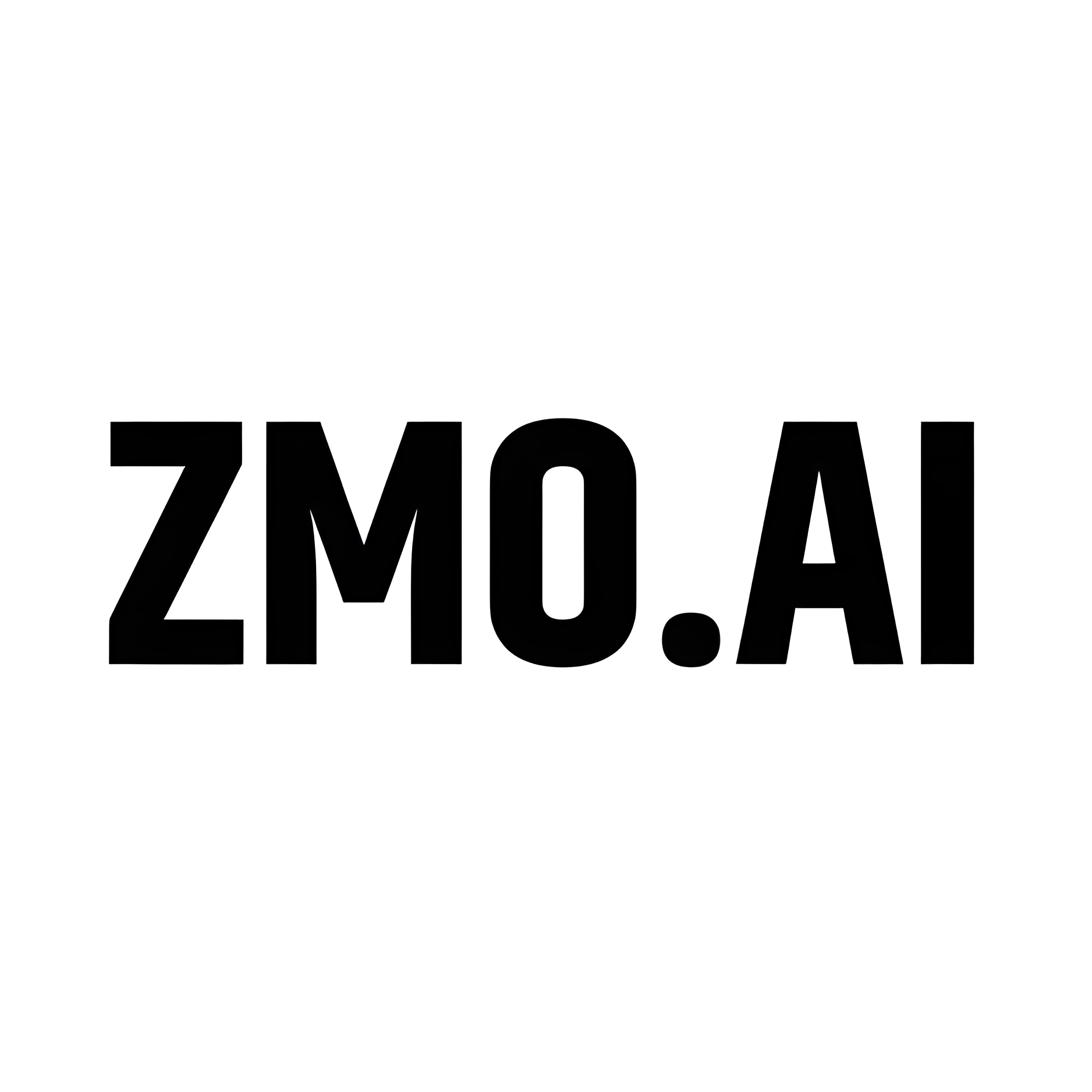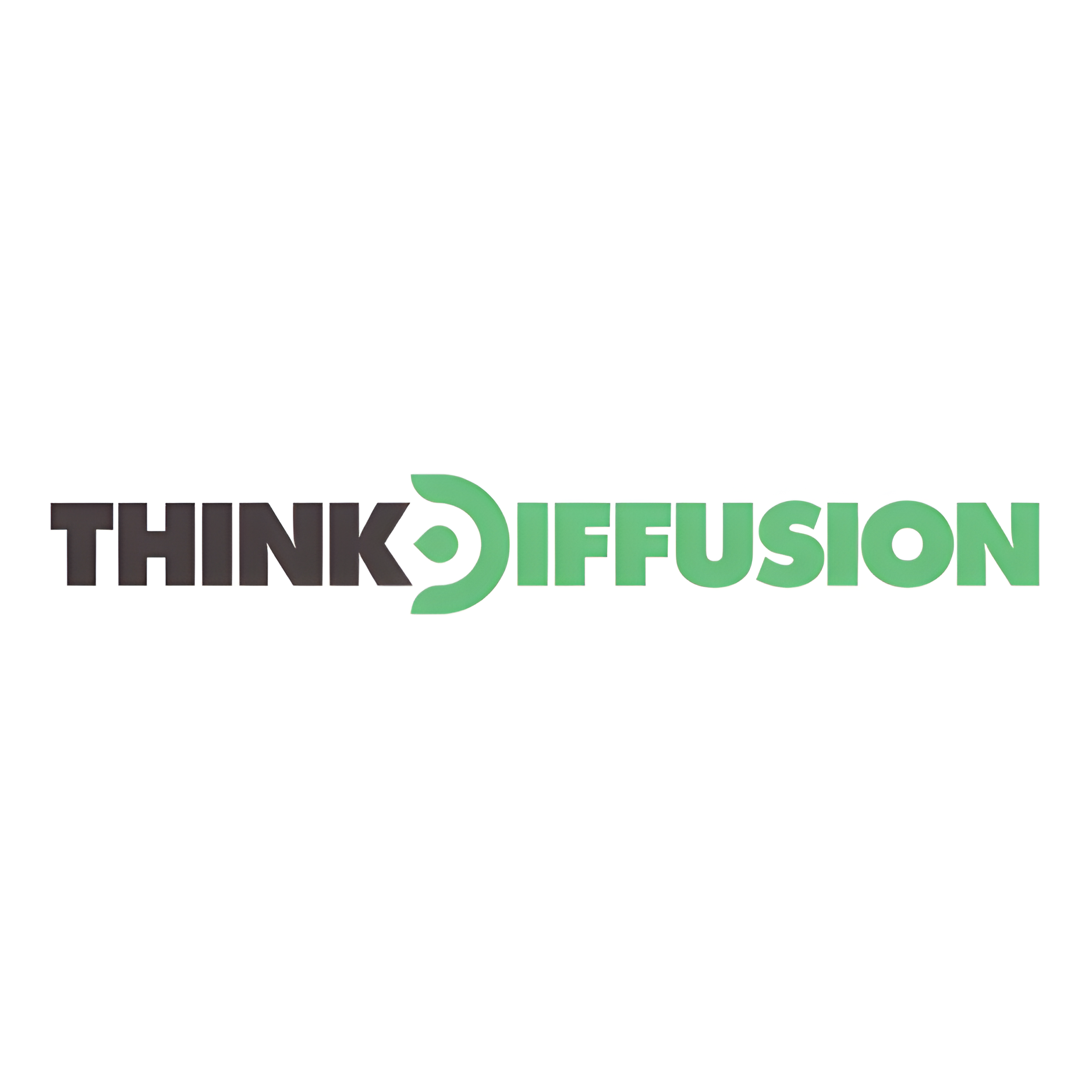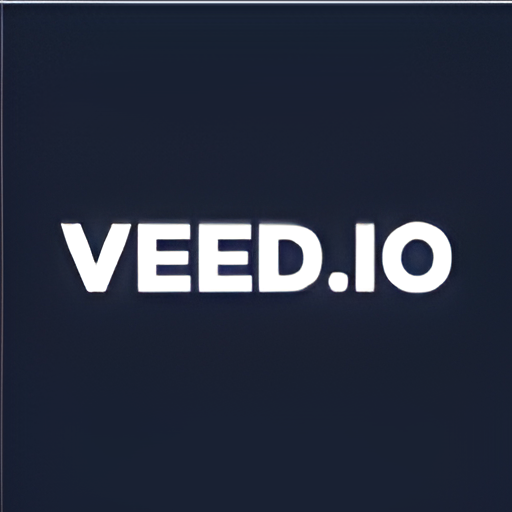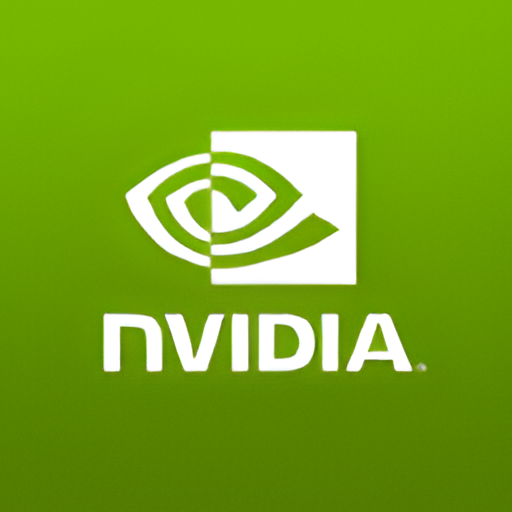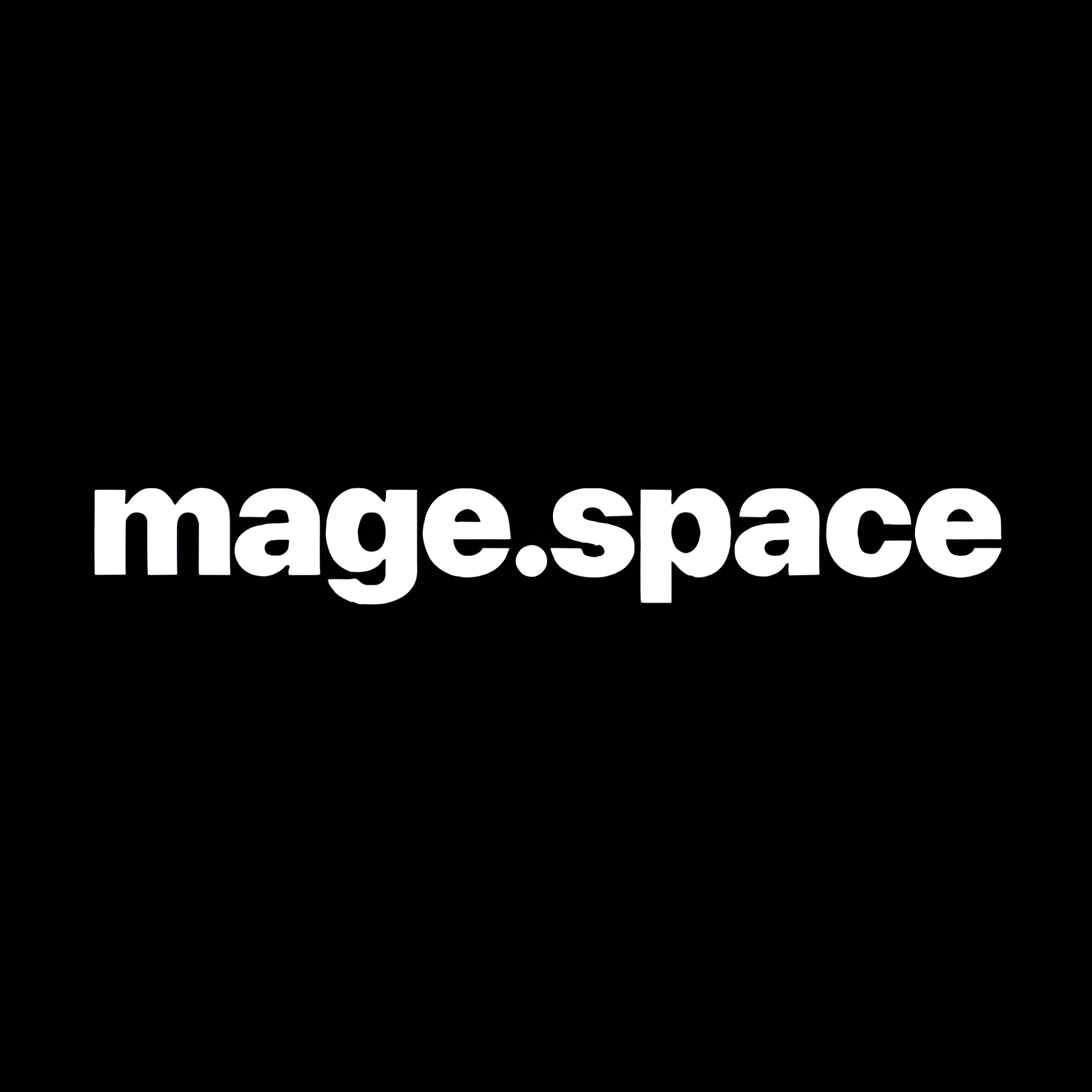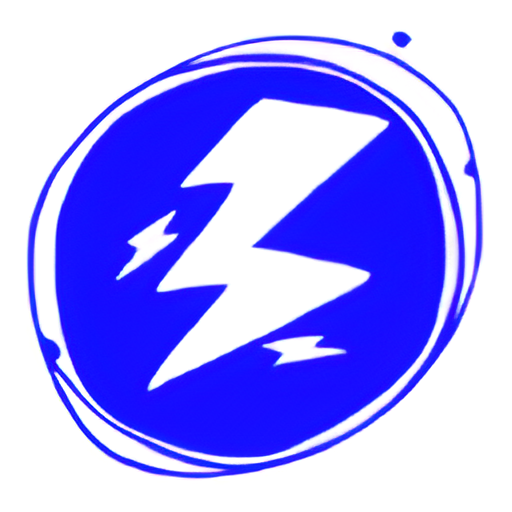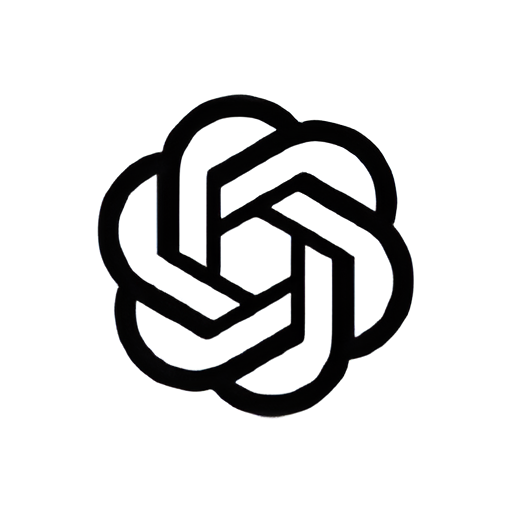Overview
Vectorizer.AI is a cutting-edge AI-powered tool designed to transform raster images into high-quality vector graphics. This versatile tool supports a wide range of image types, including scans, sketches, photographs, and logos, making it ideal for various professional and creative applications. Vectorizer.AI stands out by employing advanced AI algorithms that enhance image details and ensure precision in capturing complex pixel data, which traditional vectorizing methods might miss.
The tool offers robust features such as adaptive simplification, which refines faint boundaries for clearer results, and sub-pixel precision that ensures accurate placement of vector boundaries. Users have the flexibility to adjust the color palette, influencing the number of colors used in the vector output. Additionally, Vectorizer.AI supports multiple input formats like JPEG, PNG, and GIF, and outputs vectors in SVG, PDF, EPS, DXF, and PNG formats, ensuring broad compatibility with different graphic design software.
An interactive preview feature allows users to review and approve the vectorization results before finalizing, ensuring satisfaction with the final product. With its focus on ease of use, scalability, and editing flexibility, Vectorizer.AI is an essential tool for anyone looking to convert images to clean, scalable vector graphics efficiently.
Key features
- Adaptive simplification: Automatically refines faint boundaries in raster images, enhancing clarity and detail for superior vectorization results.
- Palette control: Allows users to adjust the number of colors in their images, facilitating precise control over the aesthetic and complexity of the vector output.
- Sub-pixel precision: Ensures accurate placement of vector boundaries at a sub-pixel level, crucial for maintaining the integrity of the original image details.
- Advanced AI technology: Utilizes deep learning networks combined with classical algorithms to capture intricate details and make informed decisions in complex scenarios.
- Multiple format support: Accepts various input formats like JPEG, PNG, and GIF, and outputs vectors in SVG, PDF, EPS, DXF, and PNG, ensuring broad compatibility.
- Interactive preview feature: Offers a real-time preview option that allows users to review and adjust the vector results before finalizing the conversion, ensuring user satisfaction.
 Pros
Pros
- Batch processing capability: Allows users to process multiple images simultaneously, significantly reducing the time and effort required for large-scale vectorization projects.
- Customizable vectorization settings: Provides options to adjust settings like noise reduction, path smoothing, and corner sharpness, tailoring the output to specific needs.
- Cloud-based processing: Utilizes cloud servers for processing, ensuring high-speed conversions without taxing the user's local system resources.
- Secure data handling: Implements robust security measures to protect user uploads and downloads, ensuring data privacy and integrity throughout the vectorization process.
- Integration capabilities: Offers API access for seamless integration with other software, enabling automated workflows and enhanced productivity in professional environments.
 Cons
Cons
- Resource intensive: Requires significant computational power to run advanced AI algorithms, potentially slowing down older or less powerful systems.
- Limited manual control: While AI enhances detail capture, it restricts user ability to manually adjust specific vectorization aspects, potentially limiting creative control.
- Complex interface: The numerous features and settings can overwhelm new users, making the learning curve steeper than simpler vectorization tools.
- AI unpredictability: Despite advanced technology, AI decisions can sometimes be unpredictable, leading to unexpected alterations in vector output.
- Over-simplification risk: Adaptive simplification might overly smooth out some artistic details, potentially losing intended stylistic nuances of the original image.




